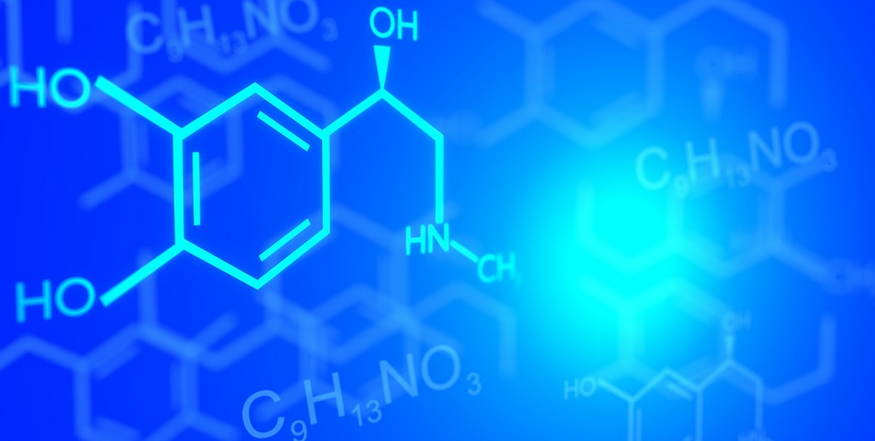Introduction
Cell culture is a fundamental tool in life sciences research, where cells are grown in a controlled environment under laboratory conditions. The success of cell culture relies on the appropriate use of cell culture media, which provide the necessary nutrients and conditions for cell growth. One of the essential components of cell culture media is sodium bicarbonate.
What is Sodium Bicarbonate?
Sodium bicarbonate, also known as baking soda, is a chemical compound with the formula NaHCO3. It is a white crystalline powder that is commonly used in baking, cleaning, and medicinal purposes. Sodium bicarbonate is also an important component of cell culture media.
Functions of Sodium Bicarbonate in Cell Culture Media
Sodium bicarbonate plays several critical roles in cell culture media. Firstly, it helps to regulate the pH of the media by acting as a buffer. This is important because cells require a specific pH range for optimal growth and survival. Sodium bicarbonate also provides a source of carbon dioxide (CO2), which is essential for cell metabolism and maintaining the pH of the media.
How is Sodium Bicarbonate Used in Cell Culture Media?
Sodium bicarbonate is typically added to cell culture media in a concentration of 1.5-2.2 g/L. It is usually dissolved in water or a saline solution before being added to the media. The amount of sodium bicarbonate required depends on the specific cell type and the conditions of the experiment.
Effects of Sodium Bicarbonate on Cell Culture
The addition of sodium bicarbonate to cell culture media has been shown to improve cell growth and viability. It also helps to maintain the pH of the media, which is important for the stability of the cells. However, excessive amounts of sodium bicarbonate can be toxic to cells and can lead to cell death.
Limitations of Sodium Bicarbonate in Cell Culture
While sodium bicarbonate is an essential component of cell culture media, it has some limitations. Firstly, it is not suitable for all cell types and can cause problems in some cultures. Secondly, it can be difficult to dissolve in the media, which can lead to inconsistent results. Finally, it can be affected by atmospheric conditions such as temperature and humidity, which can affect its effectiveness.
Conclusion
In conclusion, sodium bicarbonate plays a crucial role in cell culture media by regulating the pH and providing a source of CO2. It is an essential component for many cell types and has been shown to improve cell growth and viability. However, it has some limitations, and careful consideration should be given to its use in cell culture experiments.
References
1. Freshney, R. I. (2016). Culture of animal cells: a manual of basic technique and specialized applications. John Wiley & Sons. 2. Phelan, M. C. (1998). Basic techniques in mammalian cell culture. Current protocols in cell biology, 3(1), 1-9. 3. McPherson, R. A., & Pincus, M. R. (2016). Henry’s clinical diagnosis and management by laboratory methods. Elsevier Health Sciences.

